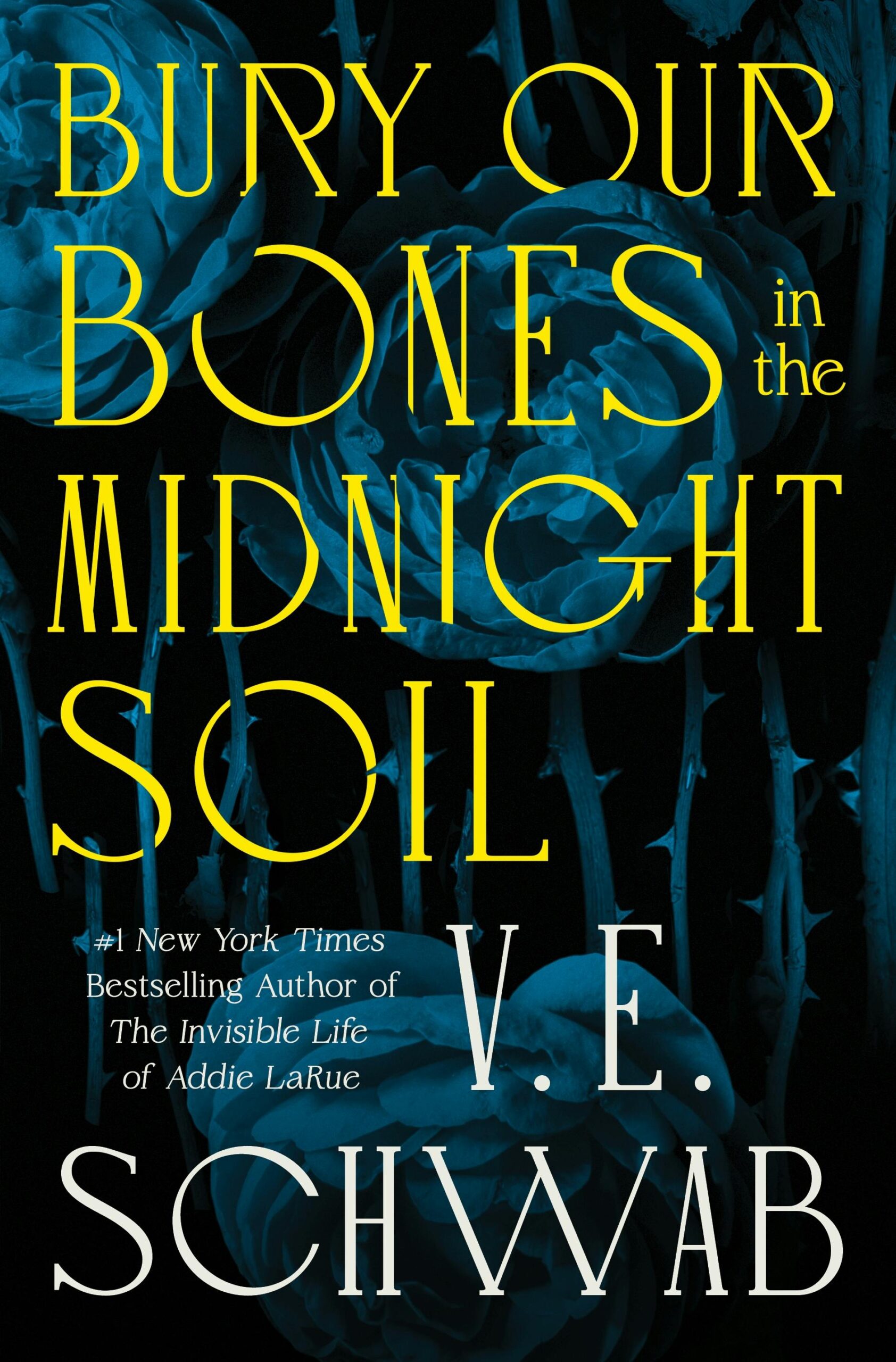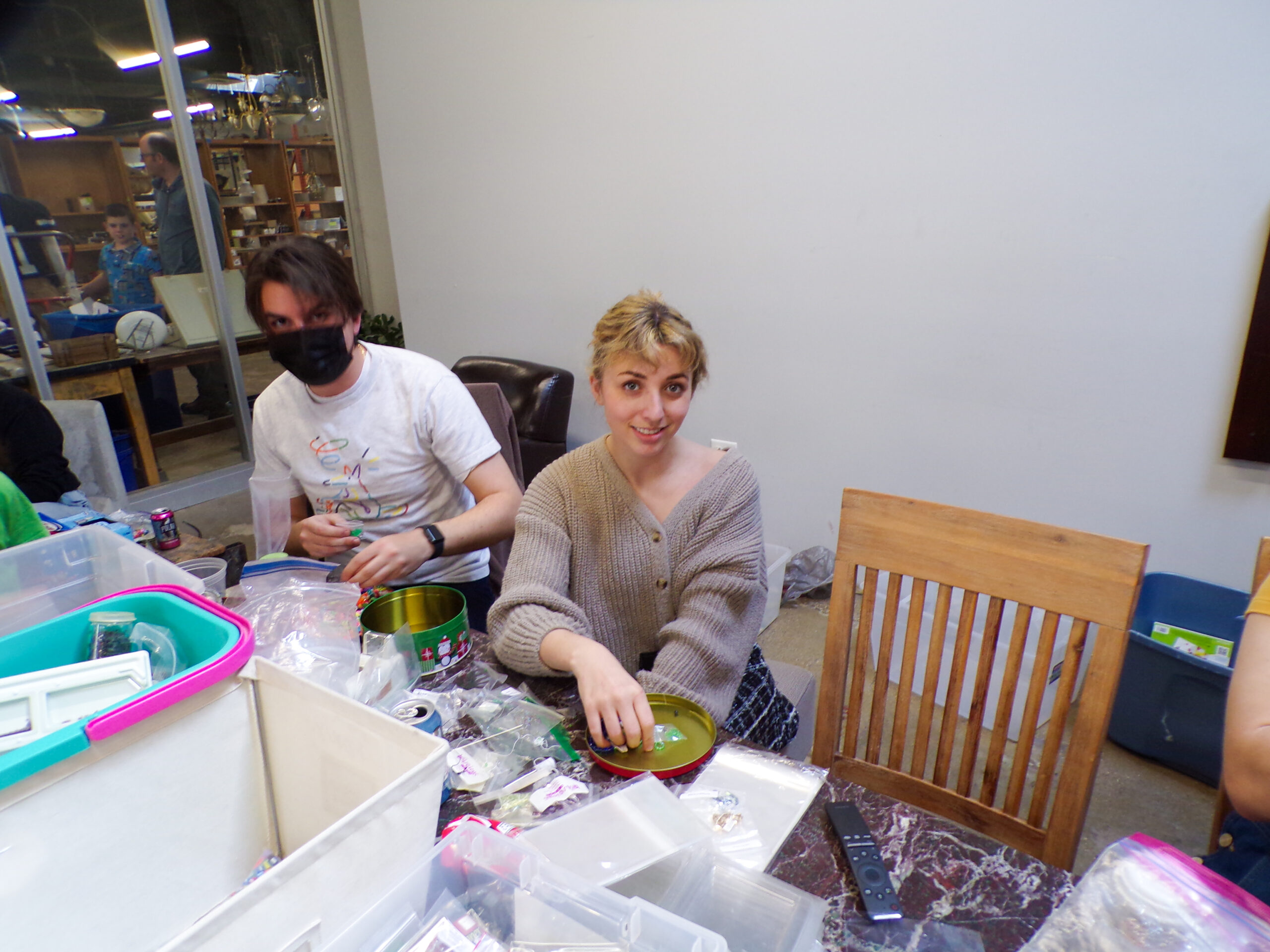Although directionally astounding, Emerald Fennell lacked character development within her writing of “Saltburn” leading to flat, uninteresting characters.
Content warning: Drug use, alcoholism, necrophilia, rape
In her Nov. 17 attempt to make a film about aristocratic elitism and erotic obsession, writer and director Emerald Fennell dug a grave — but forgot to bury the body.
Her film “Saltburn” begins as Oliver Quick (Barry Keoghan) struggles to make friends during his first year at Oxford University — until he meets the wealthy Felix Catton (Jacob Elordi). Feeling vulnerable with his newfound friend, Oliver tells Felix about his mother’s struggles with alcoholism and his father’s drug addiction.
Just before their spring semester ends, Felix invites Oliver to his countryside estate called Saltburn.
Production designer Suzie Davies worked alongside Fennell (“Promising Young Woman,” “Killing Eve”) to find the director’s ideal setting — a 127-room manor in Northamptonshire, England, according to Architectural Digest. Fennel’s directorial style allowed actors to fill space instead of being devoured by the manor’s massive rooms.
Rosamund Pike, who plays Felix’s mother Elspeth, quickly became the movie’s focal point, commanding every second of screentime. Pike (“Gone Girl,” “Pride & Prejudice”) maintains Elspeth’s holier-than-thou attitude for the majority of the film. She only wavers after a 14-year time jump to the COVID-19 pandemic in which her maturation is shown through slower, thoughtful diction and empathy.
Pike’s line delivery added humor to the unsettling horror film, but when she wasn’t in a scene, all attention turned to Keoghan as Oliver and his descent into an obsession — and eventual addiction — to the Saltburn elite.
Struggling to keep the attention of the Catton clan, he starts to sexually engage with Felix’s sister Venetia. Played by Alison Oliver, the aloof character of Venetia only exists to add shock to an already underwhelming ending twist. At the beginning of the film, she’s closed-off and uninterested with short, snappy lines. But she ends the film with an angry, verbose monologue.
As the snobby, insecure distant cousin Farleigh Start, Archie Madekwe deserved a larger role. Overhearing an argument between Farleigh and Felix about the house staff being mostly people of color, Oliver took matters into his own hands. What exactly Oliver did was unclear, but the result was Farleigh’s removal from the estate.
Madekwe was the only person of color in the main cast, leaving the film ignorant of its severe lack of diversity.
Oliver’s voyeuristic tendencies were unbearable to watch. A “toy,” as Venetia calls him, his addiction to attention drives him to flirt, seduce and assault most of the main characters.
The sex-obsessed Oliver was nauseating to watch, including attempts at necrophilia and rape. Using these tough topics as a storytelling device without proper dissection felt out of place and grossly underdeveloped.
Disregarding content, “Saltburn” offers beautiful imagery, with the best moments of the film becoming stills for promotional material. Very rarely does artificial lighting make an appearance — the reliance on natural lighting led the actors to appear like silhouettes at times and ethereal figures at others.
Elordi (“Euphoria,” “Priscilla”) was often the most visually appealing, but didn’t offer much else aside from looks. With “Saltburn” following the release of “Priscilla,” the expectations for Elordi’s acting to flourish were cut by the hands of Fennell’s line distribution. Despite being marketed as a main character, Felix’s scenes were often short and only used to progress Oliver’s character.
Costume designer Sophie Canale excelled at creating the early 2000s atmosphere. During a scene consisting of a “A Midsummer Night’s Dream”-themed birthday party, Canale’s attention to detail shined through fairy wings and bull horn headbands.
Placement of inanimate objects throughout the film were sometimes too specific. One example of Fennell’s statue-tailoring was a monstrous minotaur statue standing in the middle of the estate’s labyrinth. The statue looms over Oliver and Felix as they argue. Oliver’s character wears a pair of horns mimicking the statue, an overly obvious allusion to the myth of the labyrinth.
Much like an endless labyrinth, “Saltburn” felt lost and unfocused. The pacing of the film is decent up until the final sequence, which reveals plot twists quite quickly, leaving no time for the viewer to connect past scenes with new information.
By the end of the film, Fennell was a few scenes short of taking the term “eat the rich” literally. Already close to the line, she should’ve just taken the bite.
“Saltburn” is in theaters now.
Featured image courtesy of Amazon Studios.












